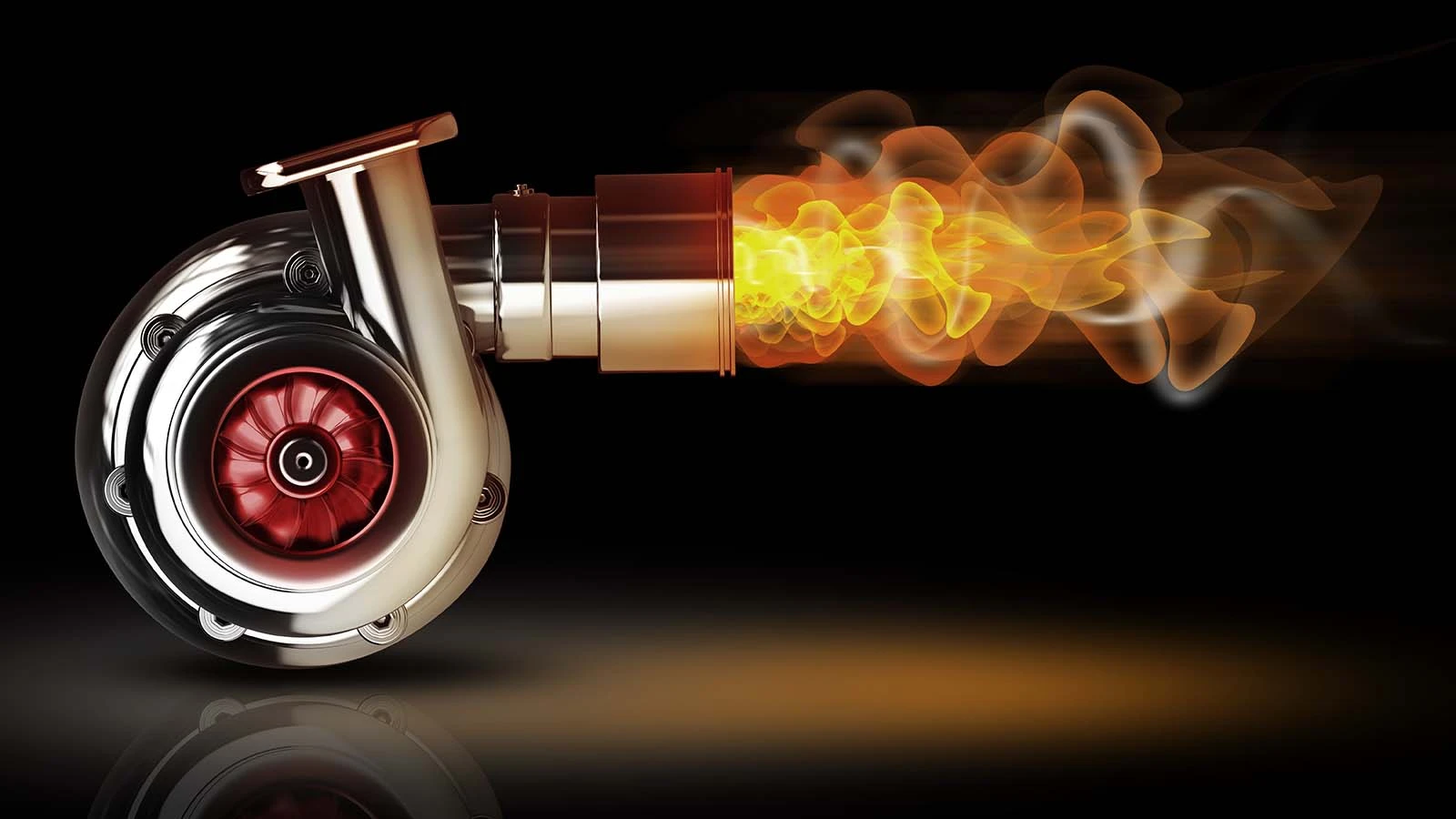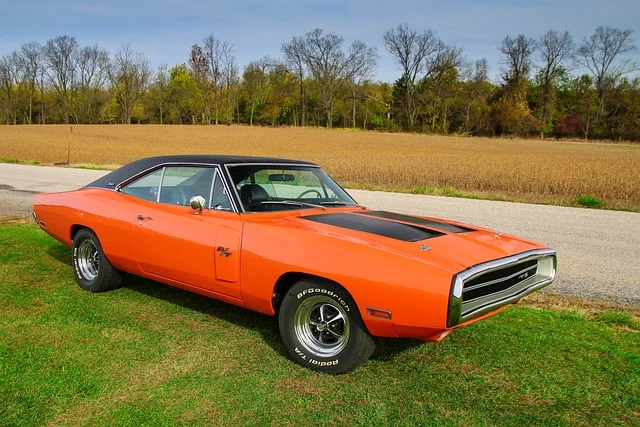How Much Horsepower Does a Turbo Add? (Full Guide 2024)
A turbocharger can add significant horsepower to an engine, depending on its size and design. Generally, a turbo can add anywhere from 30 to 60 horsepower to an engine.
This additional power is achieved by forcing more air into the engine’s combustion chambers, resulting in greater fuel combustion and increased performance. Apart from horsepower gains, a turbocharger also improves torque, throttle response, and overall engine efficiency. With the right turbo setup, a vehicle can experience substantial power gains that enhance acceleration and overall driving experience.
So, installing a turbo can be an effective way to increase the horsepower of an engine and achieve better performance on the road.
The Basics Of Turbochargers
A turbocharger is a device that enhances the performance of an engine by increasing its horsepower and torque. It achieves this by utilizing the energy of exhaust gases to drive a turbine, which in turn powers a compressor. This compressor then forces more air into the engine’s cylinders, resulting in a more efficient combustion process.
In this section, we will delve into how a turbocharger works, the purpose it serves, and the advantages it offers.
How Does A Turbocharger Work?
Turbochargers operate on a simple principle: “there’s no replacement for displacement. ” A larger engine with a greater volume of air and fuel mixture can generate more power. However, instead of increasing the engine’s size, a turbocharger enables it to produce additional power without sacrificing fuel efficiency.
Here’s how it works:
- The turbocharger is located in the exhaust system of an engine.
- As exhaust gases exit the cylinders, they flow through the turbine housing.
- The flow of these gases causes the turbine wheel to spin rapidly.
- Connected to the turbine is a compressor wheel, which is positioned in the air intake system.
- As the turbine spins, it drives the compressor wheel at high speeds.
- The compressor wheel then draws in ambient air and compresses it before delivering it to the engine’s intake manifold.
- The compressed air, combined with the additional fuel injected into the cylinders, results in a more powerful combustion process.
Understanding The Purpose Of A Turbocharger
The primary purpose of a turbocharger is to increase an engine’s power output without the need for extensive modifications. By utilizing the energy from exhaust gases that would otherwise be wasted, a turbocharger effectively provides a free boost to an engine’s performance.
Here are a few key points to consider:
- Turbochargers allow smaller engines to match the power output of larger naturally aspirated ones.
- They improve an engine’s low-end torque, delivering better acceleration and responsiveness.
- Turbocharging enables automakers to maintain fuel efficiency while still meeting performance requirements.
- By increasing the air density in the cylinders, turbochargers enhance combustion efficiency and reduce emissions.
Exploring The Advantages Of Turbocharged Engines
Turbocharged engines offer a variety of advantages that make them increasingly popular in the automotive industry. Whether it’s for a thrilling driving experience or improved fuel economy, turbocharged engines have plenty to offer.
Let’s take a closer look:
- Increased horsepower and torque: Turbochargers significantly boost an engine’s power output, providing exhilarating acceleration and performance.
- Improved fuel efficiency: By extracting more power from each combustion cycle, turbochargers help engines operate more efficiently, resulting in better fuel economy.
- Downsizing capability: Turbochargers allow automakers to downsize engines while maintaining performance. This leads to lighter and more compact vehicles.
- Emissions reduction: Turbocharged engines optimize the combustion process, resulting in reduced emissions and a more environmentally friendly driving experience.
- Enhanced altitude performance: At higher altitudes, where air density is lower, turbochargers ensure engines still receive sufficient airflow, preserving performance.
Turbochargers are ingenious devices that utilize exhaust gases to boost an engine’s performance. They provide increased power, improved fuel efficiency, and significant downsizing capabilities for compact yet powerful vehicles. With a turbocharger, engine performance reaches new heights without compromising on environmental considerations.
The Impact Of Turbocharging On Horsepower
Unleashing The Hidden Power Of Your Engine
Are you looking to boost the horsepower of your engine? If so, then turbocharging might be the solution you’ve been searching for. Turbochargers are an excellent way to squeeze out additional power from your engine by forcing more air into the combustion chamber.
This leads to a significant increase in horsepower, giving you a faster and more exhilarating driving experience.
Discovering The Horsepower Gains From A Turbocharger
When it comes to turbocharging, it’s important to understand the impact it can have on your engine’s horsepower. Here are some key points to consider:
- Turbocharging can increase the horsepower of your engine by up to 50%. This means that if your engine previously had 200 horsepower, it could potentially reach 300 horsepower with the addition of a turbocharger.
- The exact horsepower gains will depend on various factors, such as the size of the turbocharger, the efficiency of your engine, and the tuning of your vehicle.
- Turbochargers work by utilizing exhaust gases to power a turbine, which in turn compresses the intake air. This compressed air is then forced into the combustion chamber, resulting in more power being generated during each combustion cycle.
- The increased horsepower provided by a turbocharger not only improves acceleration but also allows for higher top speeds. This makes turbocharging an excellent choice for performance-oriented vehicles.
- It’s important to note that while turbocharging significantly boosts horsepower, it can also put additional stress on the engine components. Therefore, it’s crucial to ensure that your engine is properly maintained and able to handle the increased power.
How Turbocharging Affects Engine Performance
Turbocharging has several effects on engine performance, which contribute to the increased horsepower. Here are the key aspects to consider:
- Improved air intake: Turbochargers force more air into the combustion chamber, creating a denser mixture of air and fuel. This leads to better combustion and increased power output.
- Increased torque: Turbochargers not only boost horsepower but also enhance torque. Torque is what gives your vehicle the ability to accelerate quickly, making turbocharged engines feel more responsive and powerful.
- Enhanced efficiency: Turbocharging allows engines to extract more power from the same amount of fuel. This increased efficiency can result in better fuel economy, even with the added horsepower.
- Potential for engine downsizing: Turbocharging allows automakers to downsize engines without sacrificing power. By using a smaller, more fuel-efficient engine with a turbocharger, manufacturers can maintain performance levels while reducing emissions and fuel consumption.
Turbocharging can significantly increase the horsepower of your engine, providing a thrilling driving experience. With the added benefits of improved torque and efficiency, it’s no surprise that turbocharged engines have become popular among performance enthusiasts. Just remember to prioritize proper engine maintenance to ensure the longevity and reliability of your turbocharged engine.
Choosing The Right Turbocharger For Your Vehicle
Turbochargers are a popular aftermarket modification among car enthusiasts, thanks to the horsepower and performance gains they can provide. If you’re considering adding a turbo to your vehicle, it’s essential to choose the right one for your engine’s needs. This article will discuss the factors to consider when selecting a turbocharger and explore the different types available.
Factors To Consider When Selecting A Turbocharger:
- Engine size: The size of your engine plays a crucial role in determining the appropriate turbocharger. A larger engine may require a bigger turbo with a higher flow rate to deliver optimal performance.
- Desired power level: Think about the power level you want to achieve with your engine. This will help determine the size and efficiency of the turbocharger you need. A higher power goal may require a larger turbo to handle the increased airflow.
- Response preference: Consider whether you prioritize low-end torque or high-end power delivery. Smaller turbos tend to offer quicker response and better low-end torque, while larger turbos excel in delivering top-end power. Choose accordingly based on your driving style and preference.
- Fuel compatibility: Ensure that the turbocharger you select is compatible with the type of fuel you intend to use. Different turbochargers are designed to work optimally with specific fuel types, such as gasoline or diesel.
- Budget: Turbochargers come in a wide range of prices, so it’s essential to set a budget before starting your search. Consider the cost of the turbocharger along with any additional components or modifications necessary for installation to ensure that it fits within your budget.
Matching The Turbocharger To Your Engine’S Needs:
- Turbine and compressor size: The turbine and compressor wheels in a turbocharger determine its airflow and compression capabilities, respectively. Matching these sizes to your engine’s airflow requirements is crucial for achieving optimal performance.
- Compression ratio: Consider your engine’s compression ratio when selecting a turbocharger. If your compression ratio is already high, you may need to choose a turbo with a lower boost level to prevent detonation and engine damage.
- Cooling requirements: Turbochargers generate significant heat during operation. Ensure your engine’s cooling system is adequately equipped to handle the increased heat load, especially if you plan on pushing the turbo to its limits.
- Intercooler compatibility: Intercoolers help cool the compressed air before it enters the engine, increasing its density. Ensure that your chosen turbocharger is compatible with your existing or planned intercooler setup.
Exploring Different Types Of Turbochargers Available:
- Single turbo: A single turbocharger is a common choice for many applications. It offers a broad powerband, good efficiency, and is relatively easy to install, making it a popular option for both street and track vehicles.
- Twin-scroll turbo: Twin-scroll turbos feature divided turbine and exhaust housing, which helps improve exhaust gas flow and reduce turbo lag. They offer excellent low-end torque and quicker response compared to single turbos.
- Variable geometry turbo (vgt): Vgt turbos feature adjustable turbine vanes, allowing them to optimize boost response and efficiency across a wide range of engine speeds. They excel at providing both low-end torque and high-end power.
- Twin-turbo: Twin-turbo setups utilize two smaller turbos instead of one large turbo. This configuration offers excellent response, reduced turbo lag, and the potential for high power levels.
By considering these factors and exploring the various turbocharger options available, you can choose the right turbocharger that matches your engine’s needs and achieves the desired level of horsepower gain. Remember to consult with experts or reputable sources to ensure you make an informed decision and install the turbocharger correctly for optimal performance.
Conclusion
Turbocharged engines have become increasingly popular in the automotive industry due to their ability to enhance performance. The addition of a turbocharger can significantly increase horsepower, allowing for a more thrilling driving experience. Whether you are an automotive enthusiast or a casual driver, understanding the impact of a turbocharger on horsepower is essential.
The exact horsepower increase provided by a turbocharger can vary depending on the specific vehicle and turbocharger setup. However, in general, a turbo can add anywhere from 30 to 200+ horsepower to an engine. This substantial boost in power can make a noticeable difference in acceleration and overall performance.
It is important to note that while a turbocharger can significantly increase horsepower, it is crucial to understand the limitations of your vehicle and ensure appropriate tuning and maintenance are performed to guarantee optimal performance. So, if you are looking to elevate your driving experience and add some serious horsepower, considering a turbocharger is the way to go!





![Why Is My Dodge Grand Caravan Not Shifting? [Update 2024]](https://automhelp.com/wp-content/uploads/2024/03/Why-Is-My-Dodge-Grand-Caravan-Not-Shifting.webp)
![How to Reset Stabilitrak [Step by Step]](https://automhelp.com/wp-content/uploads/2024/02/How-to-Reset-Stabilitrak.webp)